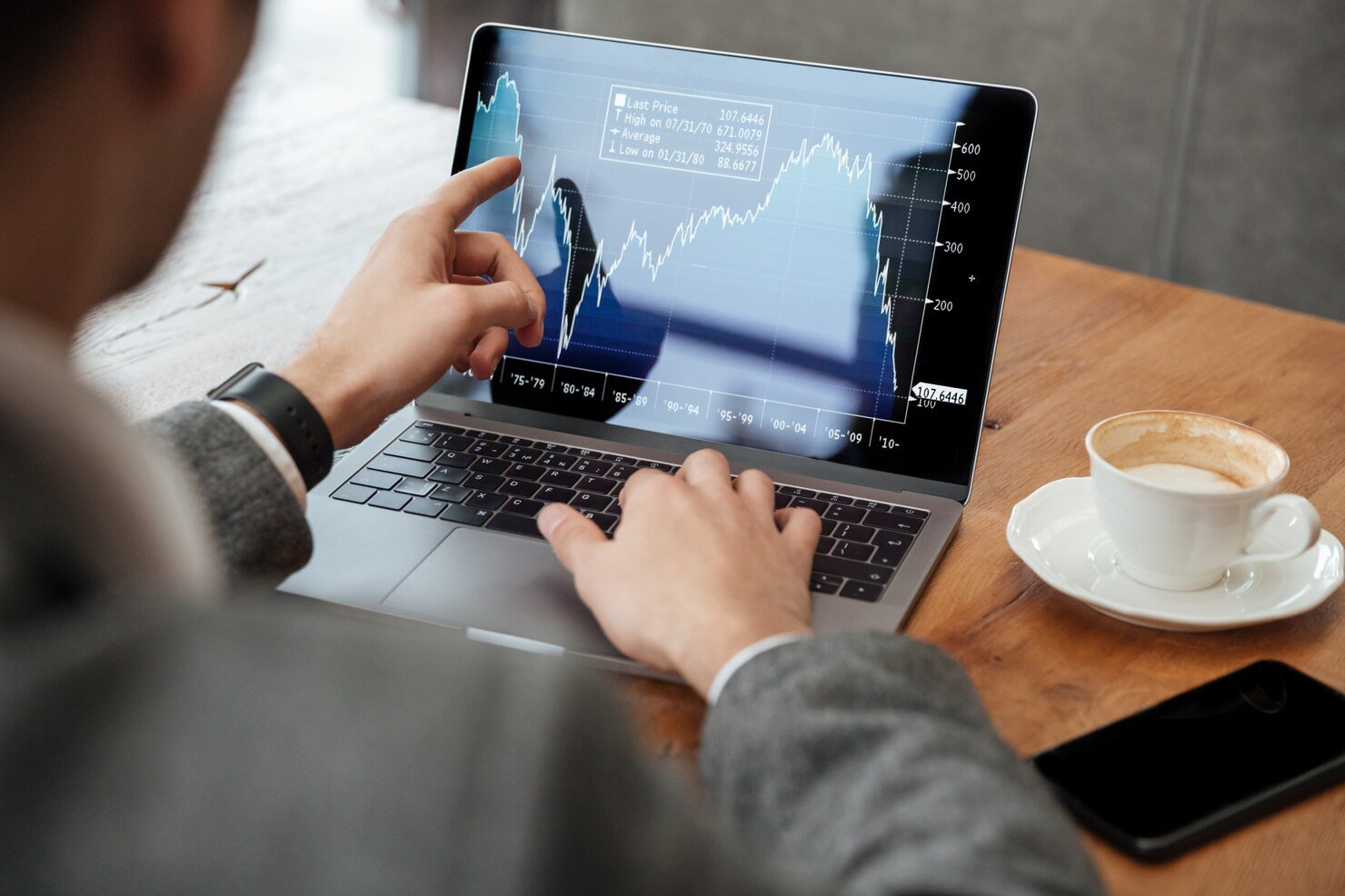Automated trading systems and bots have revolutionized the world of forex trading by providing traders with powerful tools to execute trades with precision and efficiency. These systems utilize algorithms and pre-set criteria to automate the trading process, allowing for more disciplined and data-driven decision-making. This blog provides an overview of automated trading systems and bots, exploring their benefits and how they can enhance your trading experience.
1. What are Automated Trading Systems and Bots?
Automated trade Systems: Automated trading systems, also known as algorithmic trading systems or trading algorithms, are software programs that execute trades based on predefined criteria and algorithms. These systems are designed to analyze market data, identify trading opportunities, and execute trades without human intervention.
Trading Bots: trade bots are specialized software programs that perform trade tasks automatically. They can be simple or complex, ranging from basic execution bots to sophisticated systems that incorporate machine learning and artificial intelligence (AI).
Key Components:
- Trading Algorithms: Rules and strategies programmed into the system to guide trading decisions.
- Execution Engines: Software components that carry out buy and sell orders based on the trading algorithms.
- Data Feeds: Real-time market data used to inform trade decisions.
- Risk Management: Built-in mechanisms to manage risk and prevent excessive losses.
2. Benefits of Using Automated Trading Systems and Bots
2.1. Efficiency and Speed:
- Fast Execution: Automated systems can execute trades within milliseconds, far faster than manual trading. This speed is crucial in fast-moving markets where every second counts.
- No Human Error: By automating trade execution, the risk of human error is eliminated, ensuring trades are executed as planned without emotional interference.
2.2. 24/7 Trading:
- Continuous Operation: Automated systems can operate around the clock, taking advantage of trading opportunities across different time zones and markets. This is particularly useful in forex trading, which operates 24 hours a day.
2.3. Consistency and Discipline:
- Adherence to Strategy: Automated systems follow predefined trade rules without deviation, ensuring that the trade strategy is executed consistently. This removes the impact of emotions, such as fear and greed, which can lead to inconsistent trade .
- Pre-Defined Criteria: Traders can set specific criteria for entering and exiting trades, ensuring that every trade aligns with their strategy.
2.4. Backtesting and Optimization:
- Historical Analysis: Automated trade systems allow traders to back test their strategies using historical data. This helps assess the effectiveness of a trade strategy before applying it in live markets.
- Strategy Optimization: Traders can optimize their strategies by adjusting parameters and testing different scenarios to improve performance.
2.5. Reduced Monitoring and Effort:
- Less Supervision: Automated systems require less manual monitoring, allowing traders to focus on other aspects of their trade or personal life. The system can manage multiple trades simultaneously and alert traders to important events.
2.6. Scalability:
- Handling Multiple Strategies: Automated systems can manage and execute multiple trade strategies at once, providing the ability to diversify trade approaches and capitalize on various market conditions.
- Increased Trading Opportunities: The ability to analyze vast amounts of data and execute trades quickly allows traders to seize opportunities that may be missed with manual trading.
3. Types of Automated Trading Systems and Bots
**3.1. Execution Bots: These bots focus on executing trades based on specific criteria, such as price levels or order types. They are designed to ensure that trades are executed at the best available prices.
**3.2. Trend Following Bots: These bots use algorithms to identify and follow trends in the market. They enter trades in the direction of the trend and exit when the trend shows signs of reversing.
**3.3. Mean Reversion Bots: These bots are based on the mean reversion strategy, which assumes that prices will revert to their historical average over time. They look for deviations from the mean and trade accordingly.
**3.4. Arbitrage Bots: These bots exploit price discrepancies between different markets or instruments. They aim to profit from price differences by executing trades that capitalize on these inefficiencies.
**3.5. Market Making Bots: Market-making bots provide liquidity to the market by placing both buy and sell orders. They profit from the bid-ask spread and aim to maintain a balanced book of trades.
**3.6. News-Based Bots: These bots analyze news and economic data to make trade decisions. They use natural language processing and sentiment analysis to interpret news events and their potential impact on the market.
4. Considerations and Challenges
**4.1. Strategy Development: Developing a robust trade strategy is essential for the success of an automated system. Traders must ensure that their algorithms are well-designed and tested to handle various market conditions.
**4.2. Monitoring and Maintenance: While automated systems reduce the need for constant monitoring, they still require regular oversight and maintenance. Traders should periodically review and update their systems to adapt to changing market conditions.
**4.3. Risk Management: Automated systems should include risk management features to protect against unexpected market events and prevent excessive losses. Traders should set limits on trade sizes and ensure that their systems can handle volatility.
**4.4. Market Adaptation: Markets are constantly evolving, and automated systems may need adjustments to remain effective. Traders should stay informed about market changes and be prepared to modify their strategies as needed.
**4.5. Technical Issues: Automated systems rely on technology, and technical issues such as connectivity problems or software bugs can impact performance. Traders should have contingency plans in place to address potential issues.

